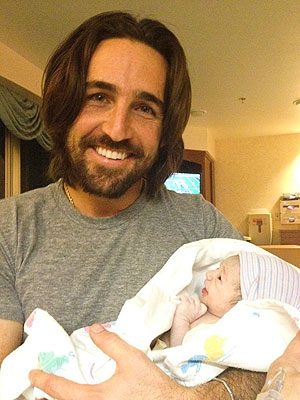Ricardo Sepida gets emotional when he sees his son-in-law in a Navy uniform. Even aircraft carriers make him misty-eyed. There is no better country than the United States, says Sepida, an immigrant from the Philippines.
Yet despite possessing a green card for 40 years, Sepida has never become an American citizen. Life got in the way, as he raised two children, worked a full-time job as a biomedical technician and ran side businesses on the weekends.
"I was so busy at work, I had so many things to do and I'd forget about it," said Sepida, 61, of Sylmar. "I regret it now. I should have done it a long time ago."
Sepida is among the millions of immigrants who are eligible for citizenship but have postponed the milestone, whether because of the $680 fee, a busy schedule or fear of the English and civics exams. In 2011, about 750,000 immigrants applied for naturalization out of the 8.5 million who were eligible.
A $20-million effort is now under way to get more permanent residents to become citizens so they can vote, have access to a wider range of jobs and become fully American. The money for the New Americans Campaign comes from major foundations and is going mainly to nonprofits that have already been doing citizenship work. Two former commissioners of the Immigration and Naturalization Service have signed on as advisors.
"We're going to just grow the number of people who aren't really completely part of the American fabric, who aren't pitching their tent, unless we get them off the sideline and into the game," said Eric Cohen, executive director of the Immigrant Legal Resource Center, which is the campaign's main coordinator.
The campaign is being touted as bipartisan — Doris Meissner and James Ziglar, the two former INS leaders, served under Presidents Clinton and George W. Bush, respectively. Organizers chose to launch the effort after the November presidential election to avoid any association with partisan voter registration drives, Meissner said.
With the growing clout of Latinos and Asian Americans, who voted for Democrat Barack Obama over Republican Mitt Romney by a ratio of nearly three to one, an increase in naturalization rates could have an effect on local and national politics.
Los Angeles is among eight cities targeted by the New Americans drive, which will last three to five years. The cities, which also include Charlotte, Dallas, Detroit, Houston, Miami, New York and San Jose, are home to about 40% of those who qualify for citizenship.
The money will pay for more workshops to help immigrants fill out the 10-page application and prepare for the exams. The New Americans project will also fund outreach efforts like the CitzenshipWorks website, which provides application guidance in English, Spanish, Chinese and Vietnamese.
Separately, U.S. Citizenship and Immigration Services, which processes applications and is a successor agency to INS, has worked with Los Angeles officials to install a "citizenship corner" in each of the city's 73 public libraries.
"It's one of those things where you don't know how good it is unless you experience it," said Phyllis Coven, director of U.S. Citizenship and Immigration Services' Los Angeles office. "It's a great gift, an honor and a privilege to hold a U.S. passport and become a full member of this society."
At the Chinatown library, the most pressing issue is English fluency, said Shan Liang, the branch manager. Elderly Chinese immigrants flock to the library's free English and civics classes, but some have a long way to go before they can answer such questions as, "Why did the colonists fight the British?" The cost can also be an issue for retirees living on a fixed income, Liang said.
"It is an intimidating process. It is quite a lot of questions," said Joyce Noche, head of the citizenship and immigration project at the Asian Pacific American Legal Center, one of the groups conducting workshops under the program. "Our attorneys can't actually answer all the questions themselves. It is not a walk in the park."
Typically, the naturalization process takes about five months from submitting the initial application to reciting an oath of allegiance at a group swearing-in ceremony.
On a recent Saturday morning, Sepida attended a New Americans workshop in North Hills with his wife, Sally, who has been a citizen for decades. Among a group of procrastinators, Sepida stood out.
Tony Lu, who coordinates the CitizenshipWorks project for the Immigration Advocates Network, examined Sepida's permanent resident card. The pale blue document, dating from 1972, was so old that Lu had never seen that version of it. (Most versions are beige or pink; the agency returned to its original green hue in 2010).
Sepida sat down at a computer to work on his application. Others got one-on-one help with pen and paper, leaving with a completed application and free flashcards to practice English vocabulary and civics.
Elizabeth Lopez Perez, 45, who was brought across the Mexican border when she was 2, got her green card more than 25 years ago. As a single mother raising three children, she hardly had a spare moment.
Now, the impediment is the $680 application fee. The former nursing assistant, who has been unemployed for the last six years, hoped to qualify for a fee waiver for low-income applicants.
"Before, I didn't have the time, and I had the money," said Lopez Perez, of North Hills. "Now I have the time, and I don't have the money."
cindy.chang@latimes.com












